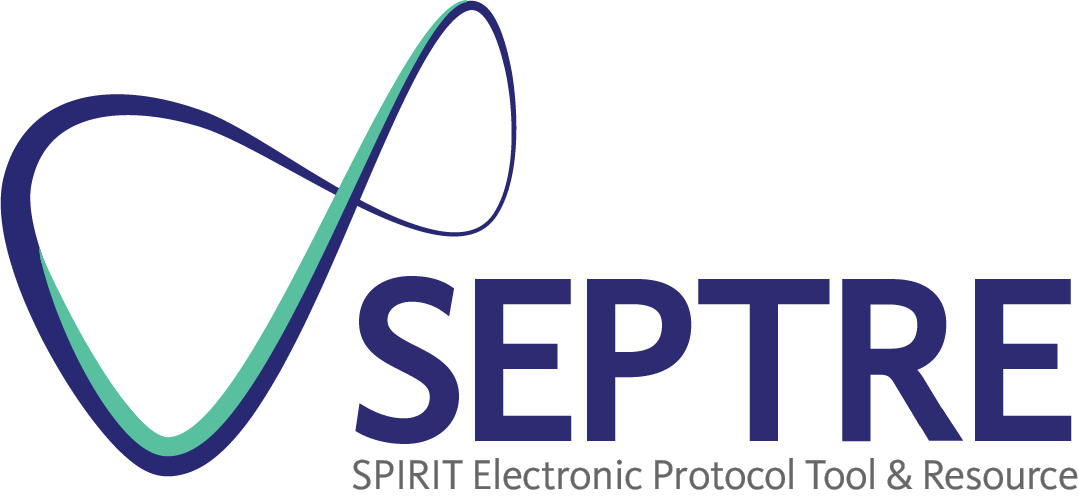Item 21b: Description of any interim analyses and stopping guidelines, including who will have access to these interim results and make the final decision to terminate the trial.
Example
“Premature termination of the study
An interim-analysis is performed on the primary endpoint when 50% of patients have been randomised and have completed the 6 months follow-up. The interim-analysis is performed by an independent statistician, blinded for the treatment allocation. The statistician will report to the independent DSMC [data and safety monitoring committee]. The DSMC will have unblinded access to all data and will discuss the results of the interim-analysis with the steering committee in a joint meeting. The steering committee decides on the continuation of the trial and will report to the central ethics committee. The Peto approach is used: the trial will be ended using symmetric stopping boundaries at P < 0.001 [Reference X]. The trial will not be stopped in case of futility, unless the DSMC during the course of safety monitoring advices [sic] otherwise. In this case DSMC will discuss potential stopping for futility with the trial steering committee.”332
Explanation
Interim analyses can be conducted as part of an adaptive trial design to formally monitor the accumulating data in clinical trials. They are generally performed in trials that have a DMC, longer duration of recruitment, and potentially serious outcomes. Interim analyses were described in 71% (106/150) of cancer trial protocols with time-to-event outcomes in Italy in 2000-5,327 and in 19% (13/70) of protocols for Danish randomised trials approved in 1994-5.6 The results of these analyses, along with non-statistical criteria, can be part of a stopping guideline that helps inform whether the trial should be continued, modified, or halted earlier than intended for benefit, harm, or futility. Criteria for stopping for harm are often different from those for benefit and might not employ a formal statistical criterion.333 Stopping for futility occurs in instances where, if the study were to continue, it is unlikely that an important effect would be seen (i.e., low chance of rejecting null hypothesis). Multiple analyses of the accumulating data increase the risk of a false positive (type I) error, and various statistical strategies have been developed to compensate for this inflated risk.254;333-335 Aside from informing stopping guidelines, pre-specified interim analyses can be used for other trial adaptations such as sample size re-estimation, alteration to the proportion of participants allocated to each study group, and changes to eligibility criteria.111
A complete description of any interim analysis plan, even if it is only to be performed at the request of an oversight body (e.g., DMC), should be provided in the protocol – including the statistical methods, who will perform the analyses, and when they will be conducted (timing and indications). If applicable, details should also be provided about the decision criteria – statistical or other – that will be adopted to judge the interim results as part of a guideline for early stopping or other adaptations. Among 86 protocols for randomised trials with a time-to-event cancer outcome that proposed efficacy interim analyses, all stated the planned timing of the analyses, 91% specified the overall reason to be used for stopping (e.g., superiority, futility), and 94% detailed the statistical approach.327
In addition, it is important to state who will see the outcome data while the trial is ongoing, whether these individuals will remain blinded (masked) to study groups, and how the integrity of the trial implementation will be protected (e.g., maintaining blinding) when any adaptations to the trial are made. A third of protocols for industry-initiated randomised trials receiving Danish ethics approval in 1994-95 stated that the sponsor had access to accumulating trial data, which can introduce potential bias due to competing interests.10 Finally, the protocol should specify who has the ultimate authority to stop or modify the trial – e.g., the principal investigator, trial steering committee, or sponsor.
| 21a: Formal committee | 22: Harms |

